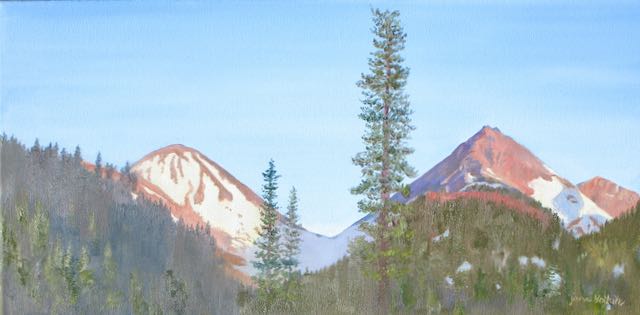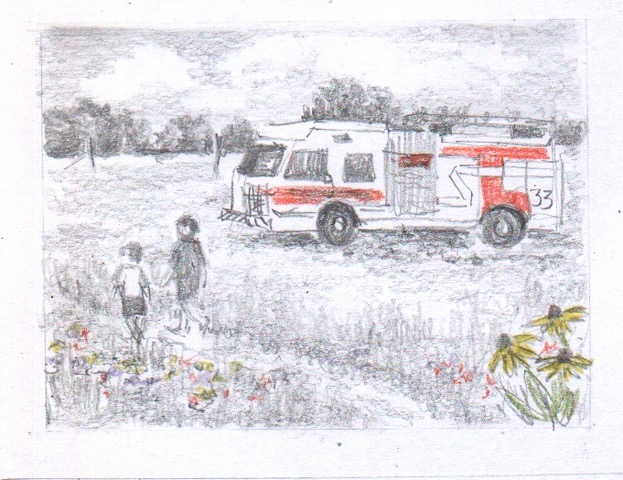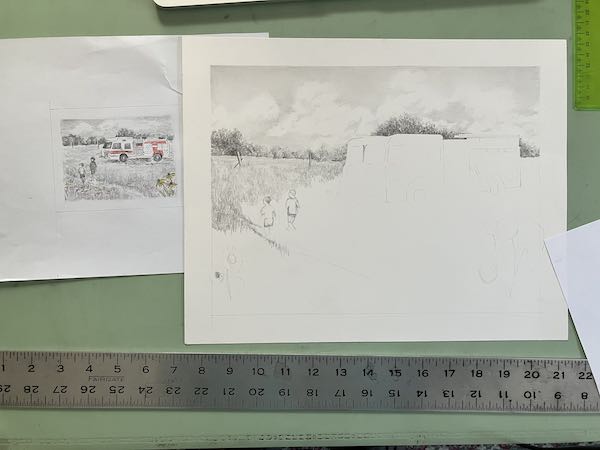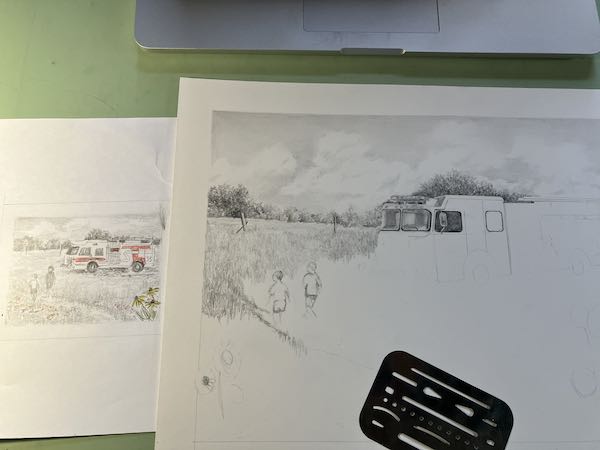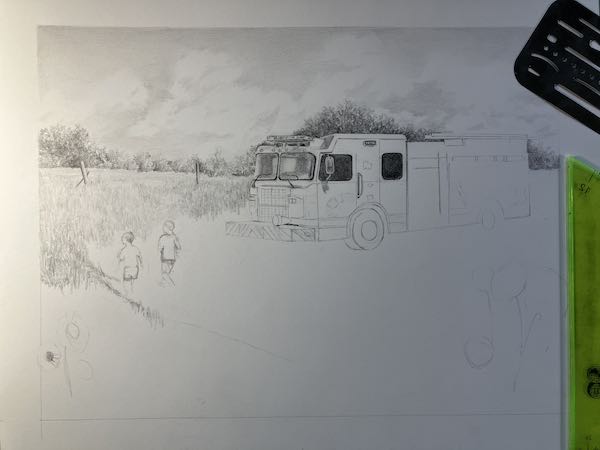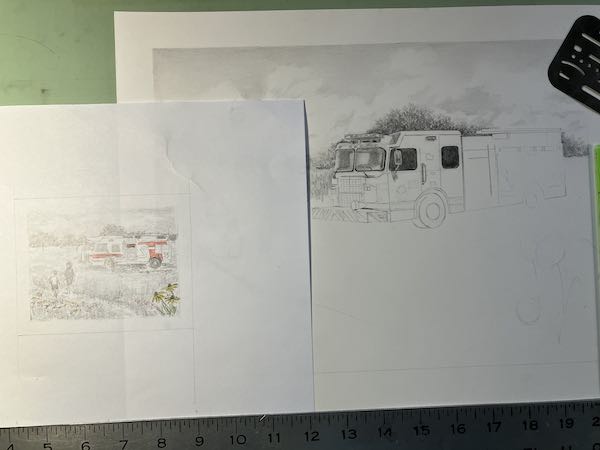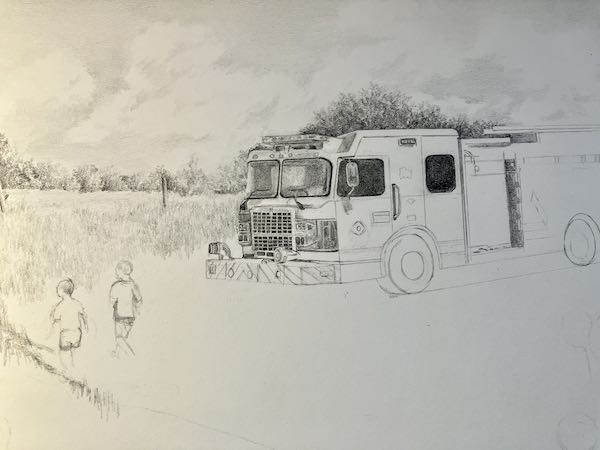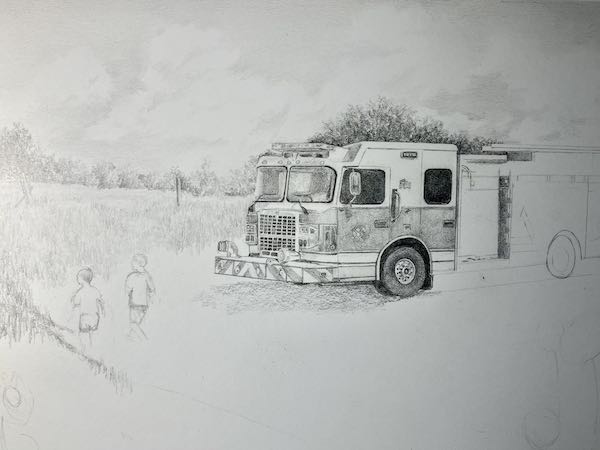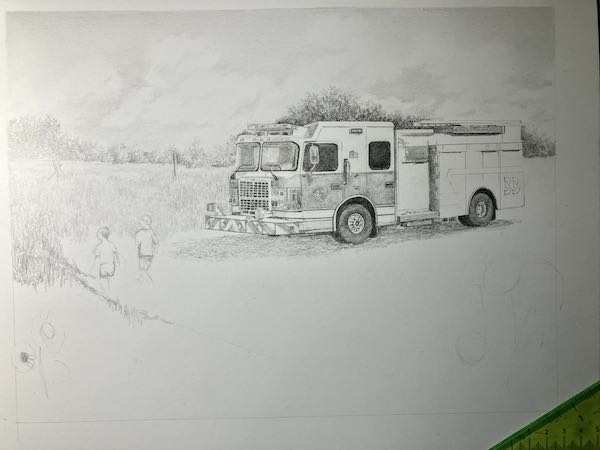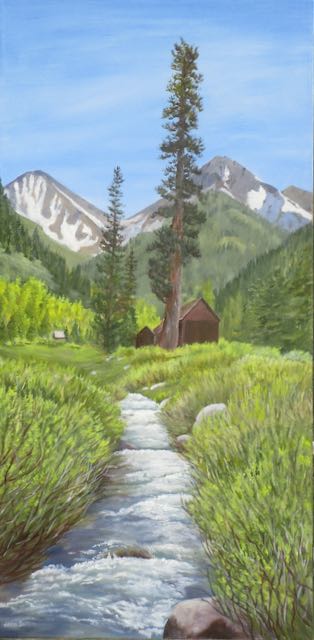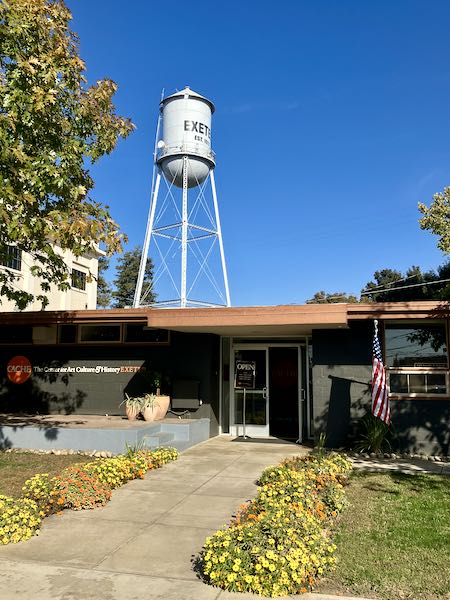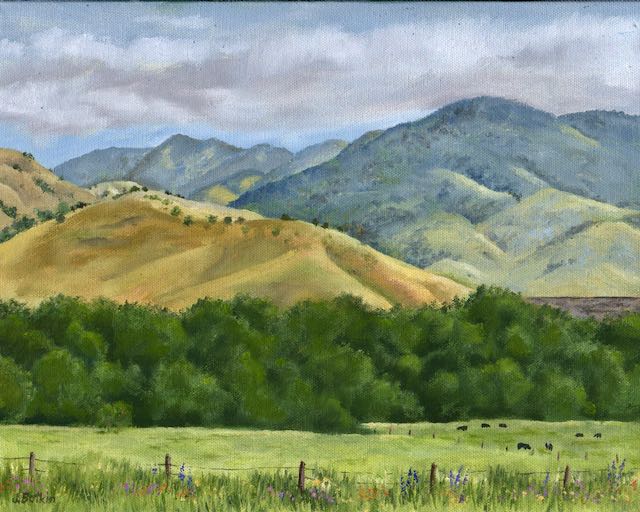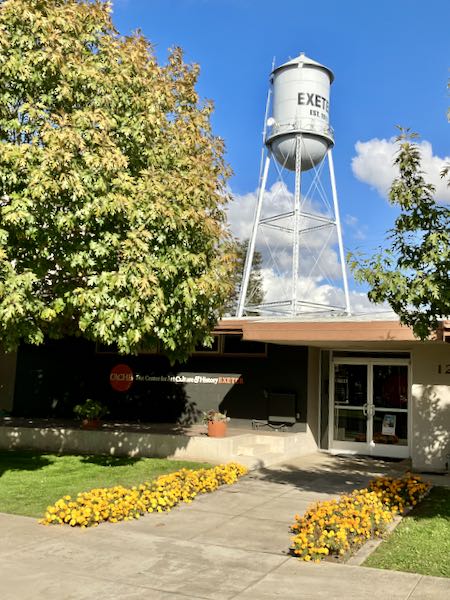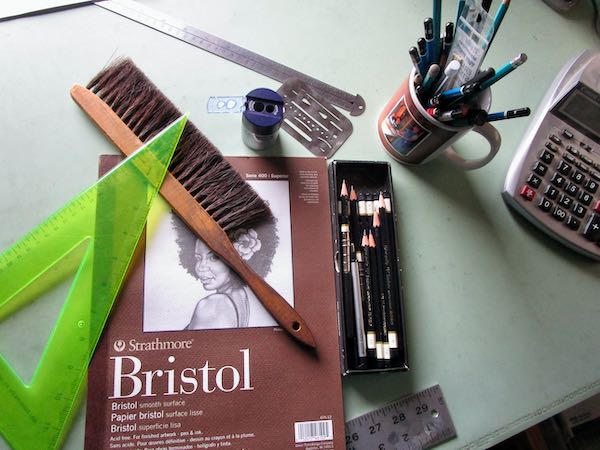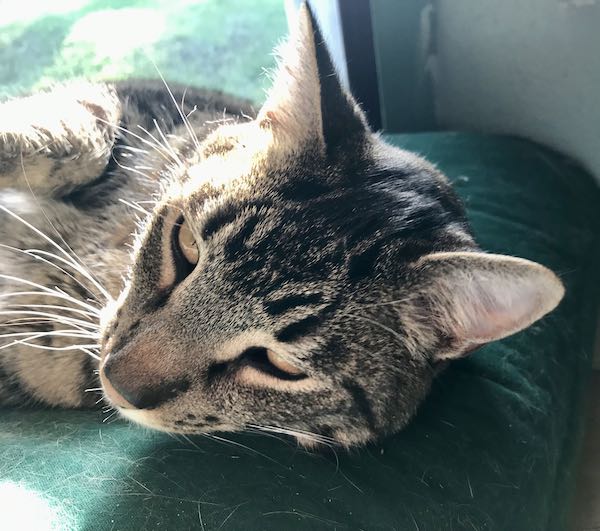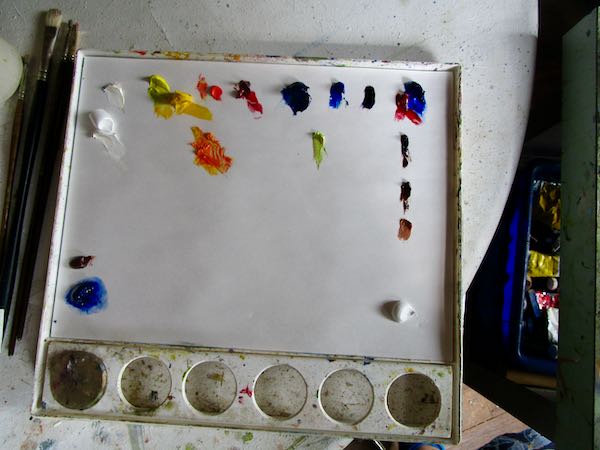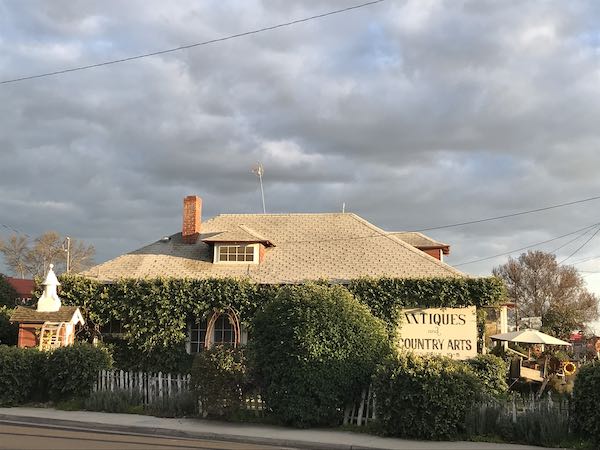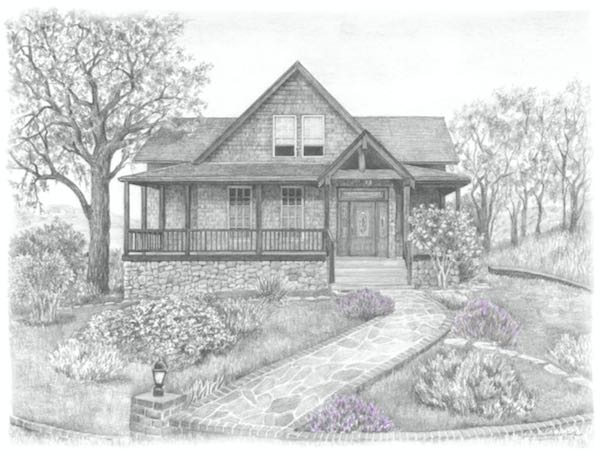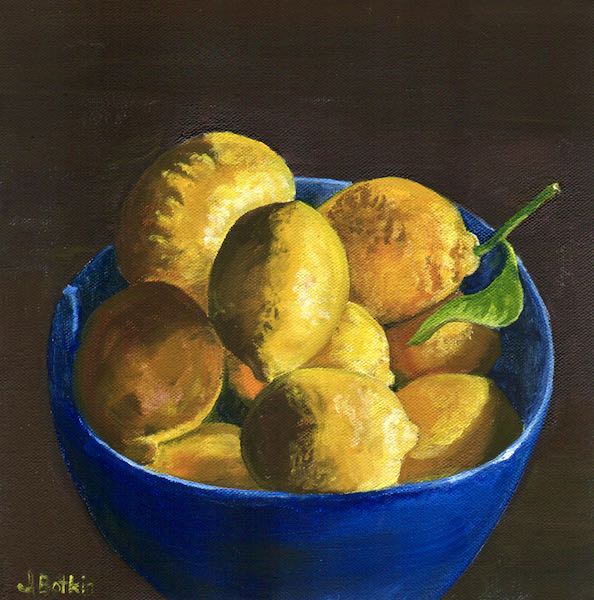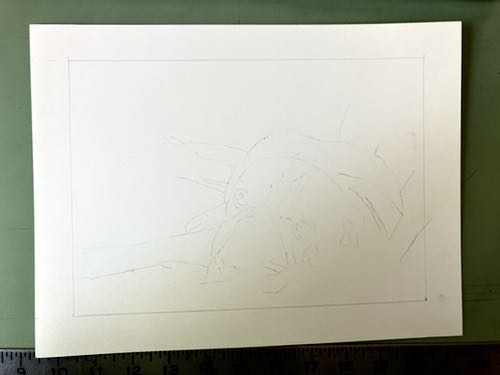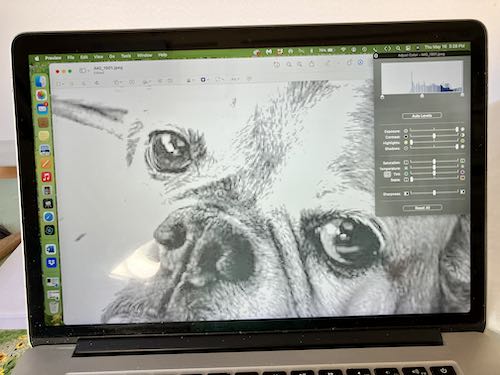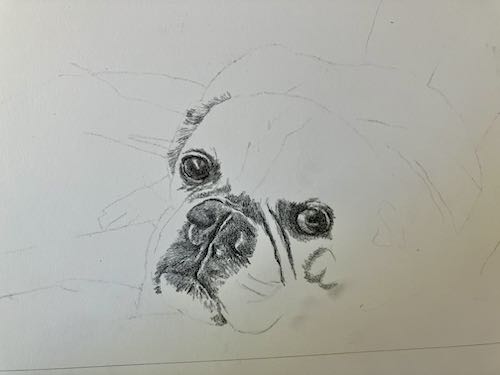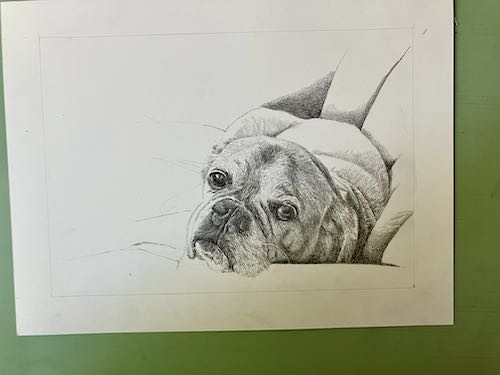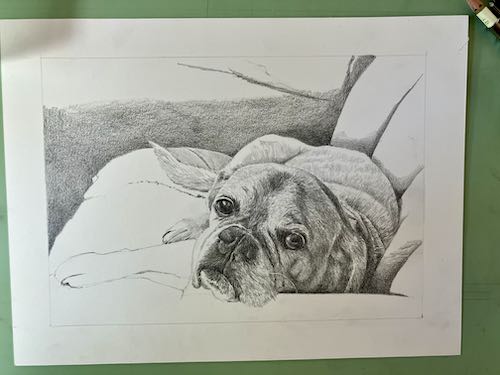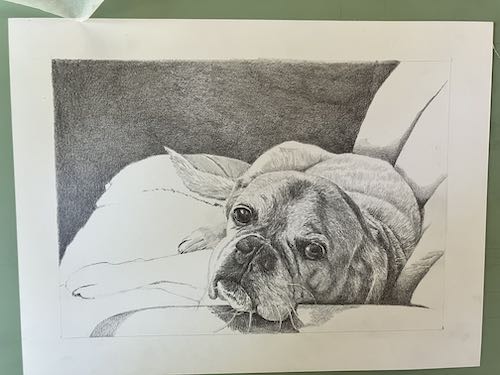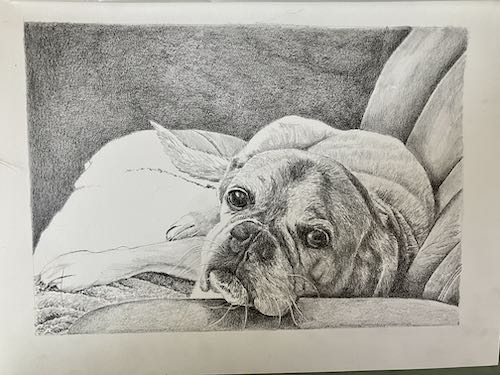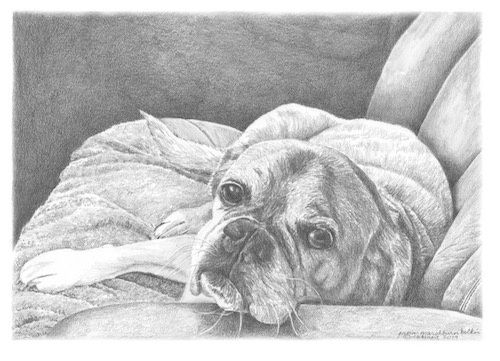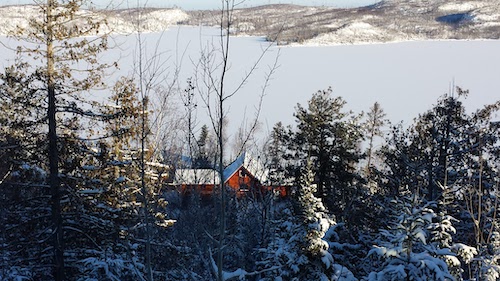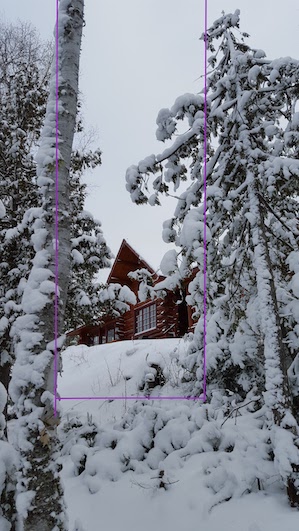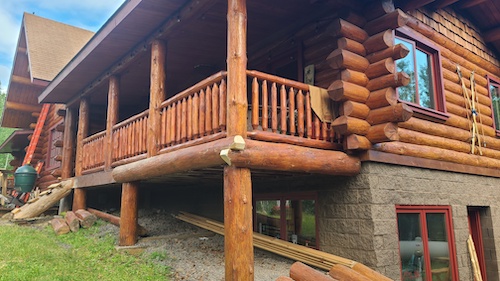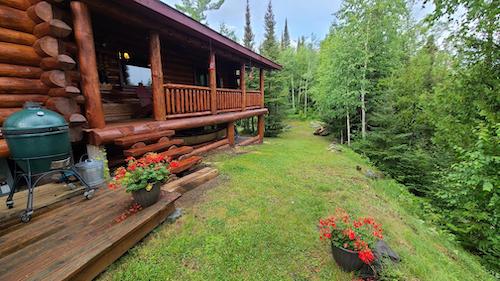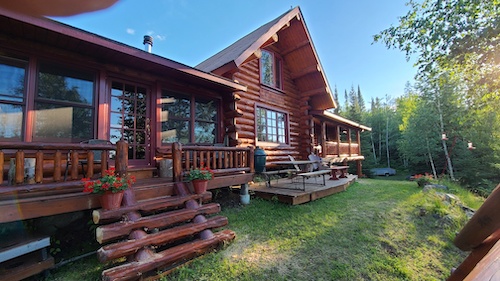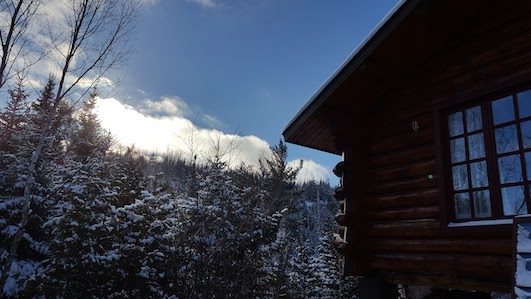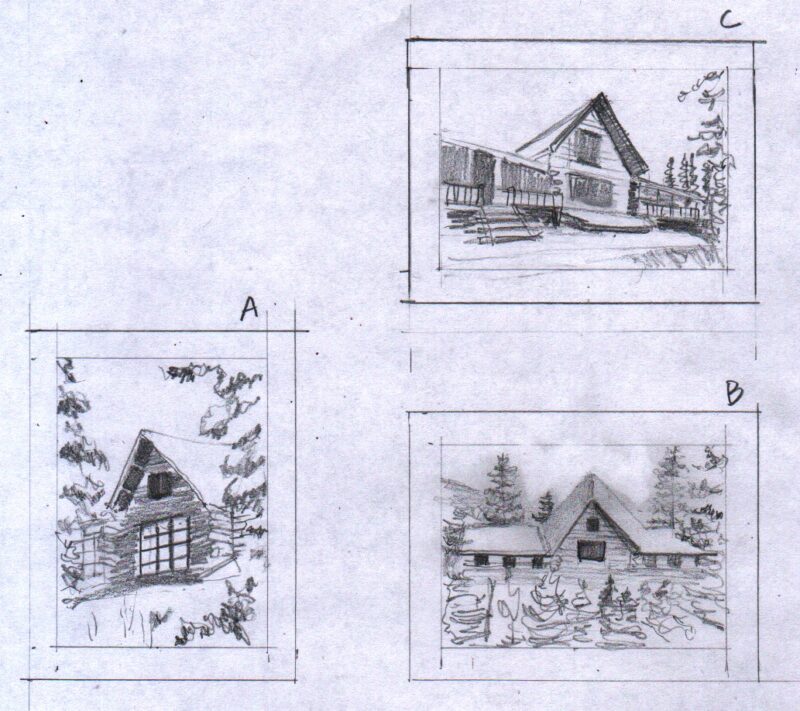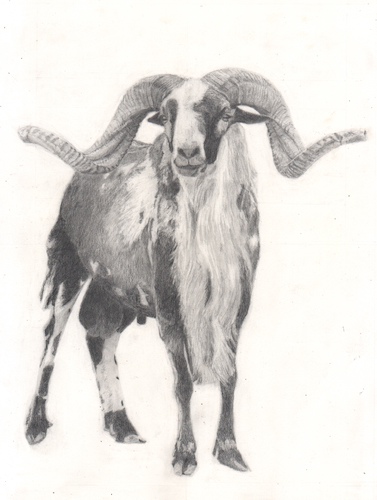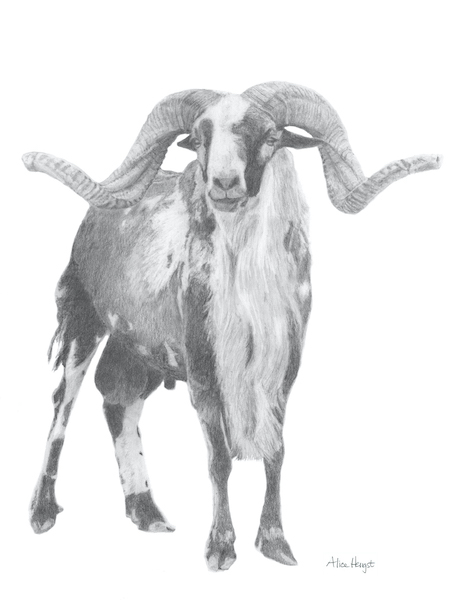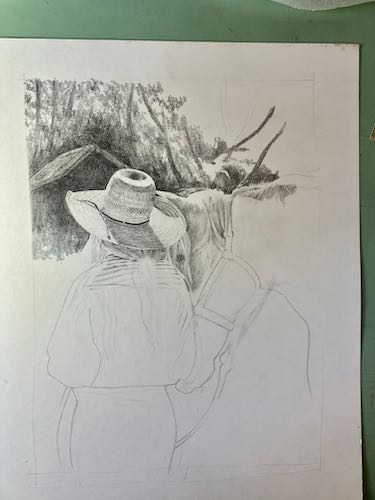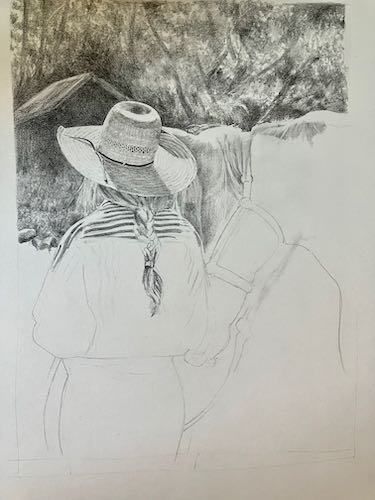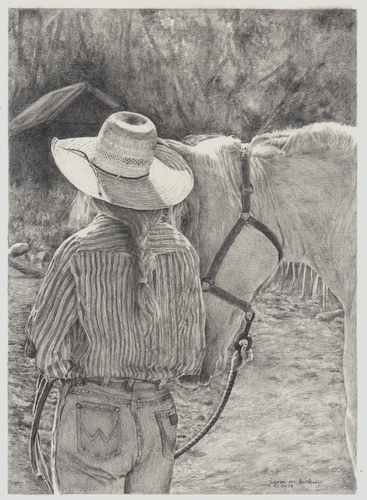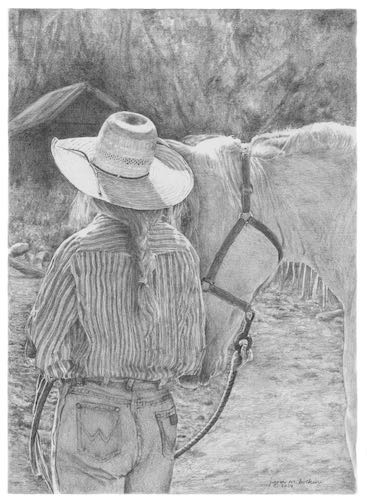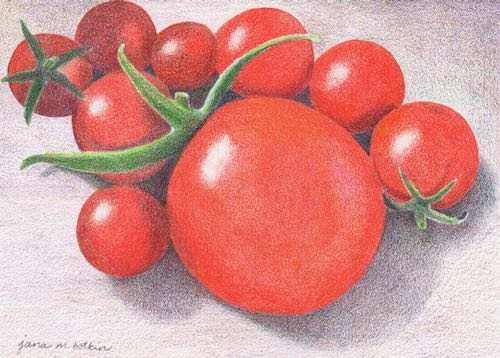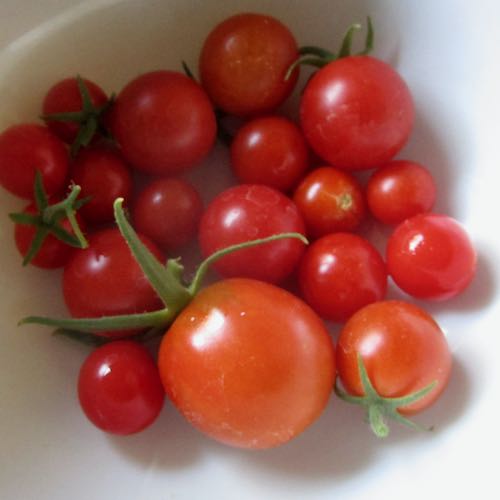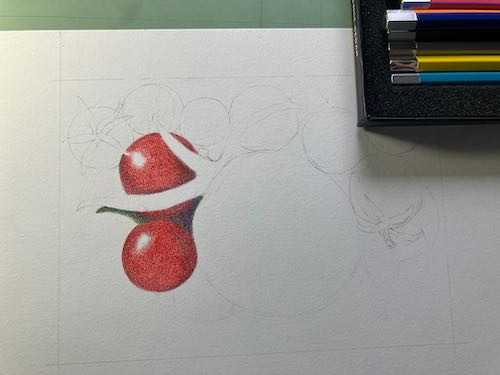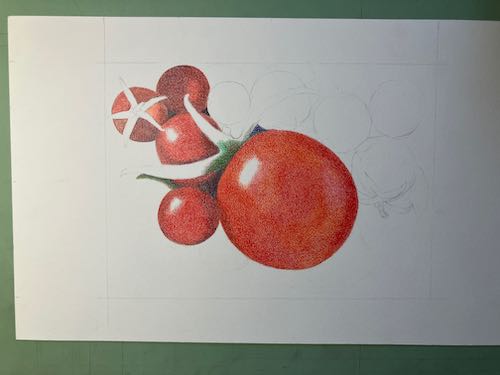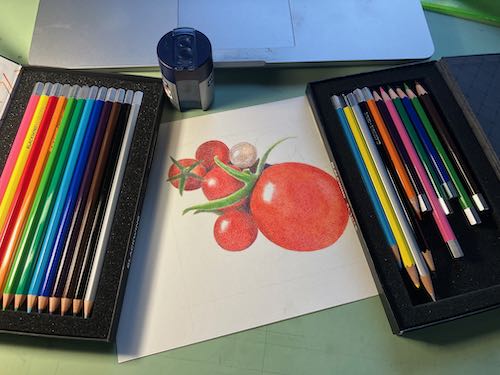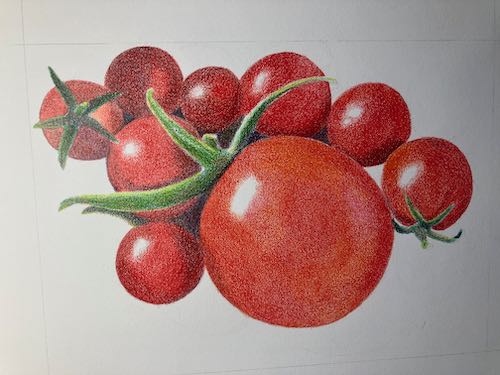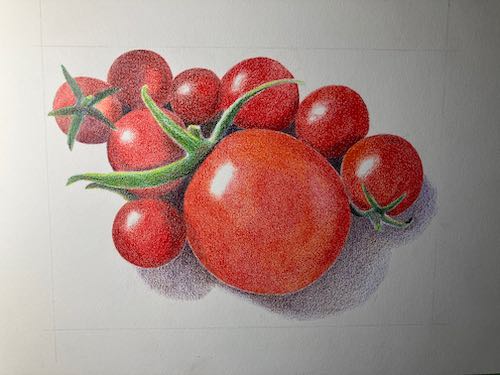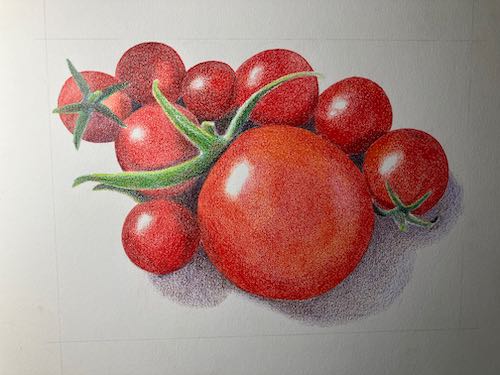(And I made cookies that morning too.)
TODAY OUR POWER WILL BE OUT FOR THE BULK OF THE DAY, SO IF YOU ORDER A CALENDAR, EMAIL ME, OR COMMENT ON THIS POST, YOU WON’T BE GETTING A RESPONSE UNTIL THE EVENING OR TOMORROW.
FIRST, 2025 CALENDARS. Available HERE.
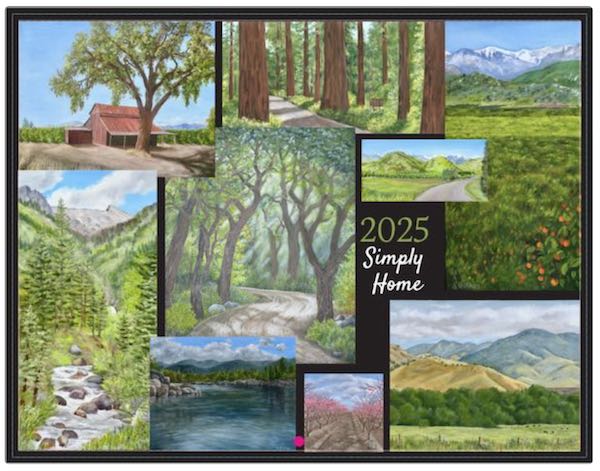
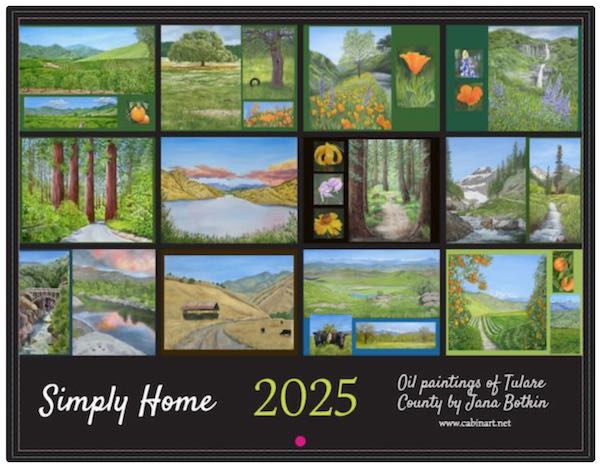
YARDENING
I decided to dig the sweet potatoes that have been growing for around 6-8 months, if you count the time I started them In the kitchen window last spring. One sent its roots outside of the gopher basket, and of course that’s exactly where my shovel went. I put my wizened aged hand in the second photo so you can see how big they got. Last year they were about the size of my thumb, so I determined if this year wasn’t a decent crop, I wouldn’t bother again. “Decent”? That’s pretty subjective, considering this is the produce of about 10 plants. (Thank a farmer, if you know one. Without them, we’d be pretty hungry.)
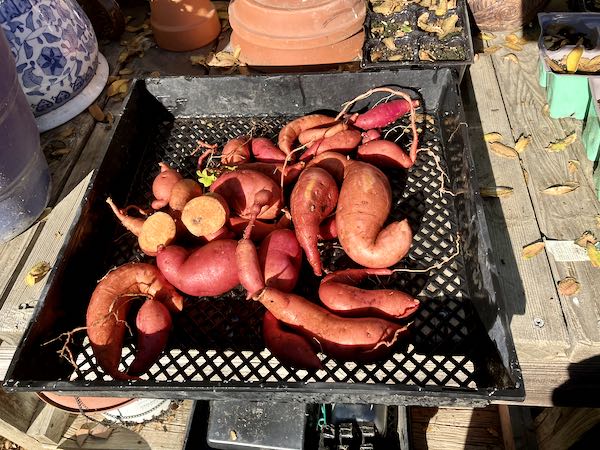
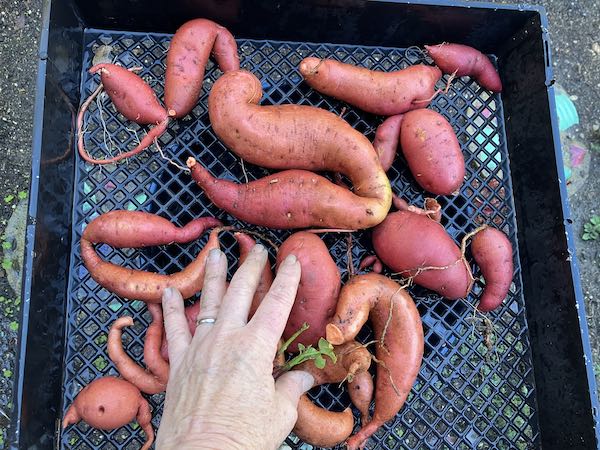
Someone was watching from above.
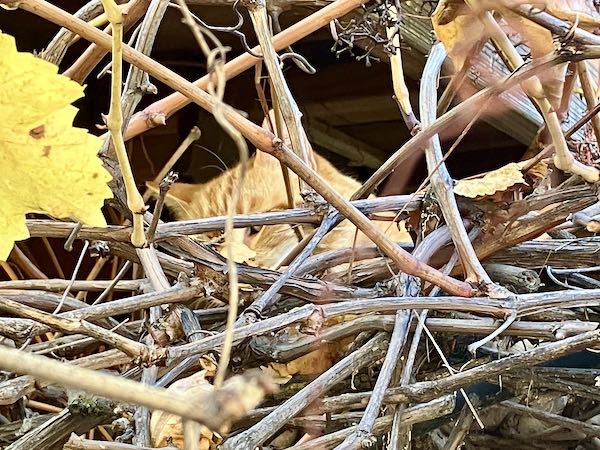
My paperwhites bloom in December. Three Rivers doesn’t experience very much winter weather.
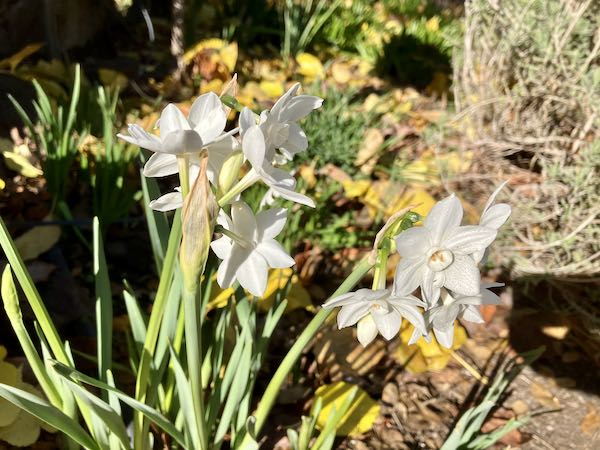
WALKING IN THREE RIVERS
Such a beautiful day required a walk. This sycamore is magnificent! A friend told me it had the largest leaves she’d ever seen on a sycamore; we figured out that she only sees the ones that grow in town, not the natives which are old and have lived by a source of water for decades (centuries??)
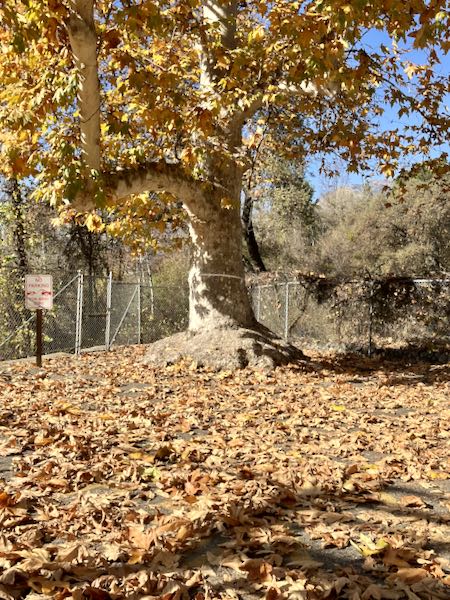
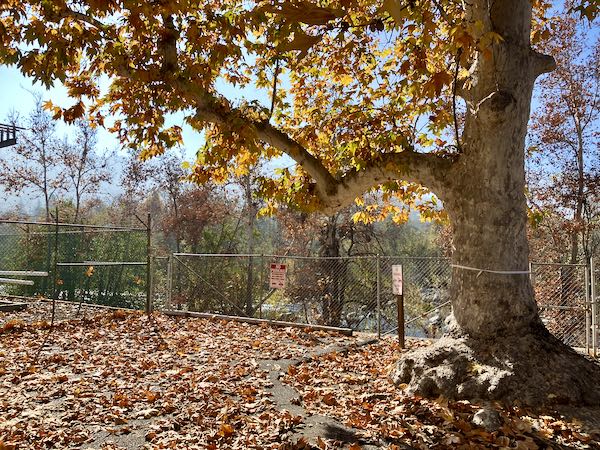
DRAWING IN PENCIL
Finally, I got myself into the studio to inch ahead on this very challenging commissioned pencil drawing. That “vending machine” was potentially going to keep me awake at night if I didn’t get it figured out. It may not be recognizable to a fireman, but that’s as “right” as it is going to be. (The paper is white; it looks gray because I used the phone under low light conditions to take this photo.)
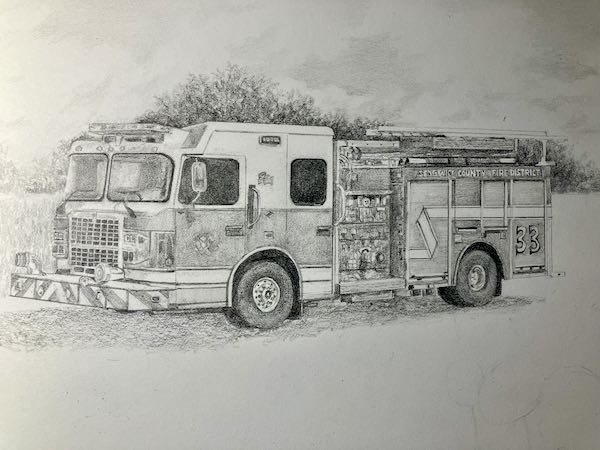
I worked a bit harder on the two little boys, size, location, and shapes. Ditto for the sunflowers. I don’t know Kansas wildflowers, but I know that the state wildflower is a sunflower. If I can fake a vending machine on the side of a firetruck, I should be able to handle sunflowers. (No, it’s not a vending machine; that’s how it appeared to my ignorant self.)
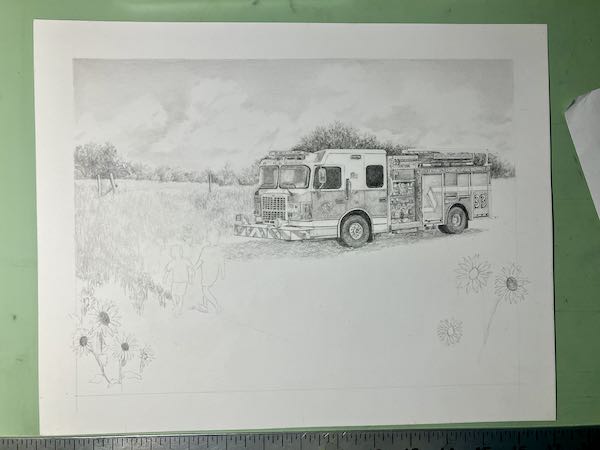
SIMPLY HOME
The show hangs until December 29 at CACHE in Exeter. Their hours are Friday 1:30-4, Saturday 10-4, Sunday noon-4. It includes about 50 paintings, 3 original pencil drawings, calendars, cards, coloring books, The Cabins of Wilsonia books, and a few pencil reproduction prints.
